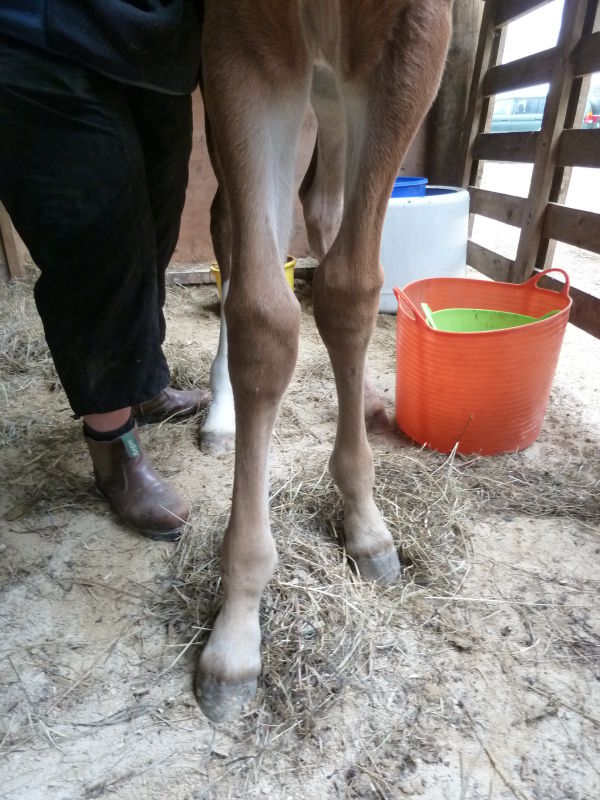No Foot, No Horse

The old adage about feet being very important to horses is as true now, as it ever was. Whether you need your horse to be capable of galloping at your enemy across a battlefield, or to be able to get top marks at your local dressage show, many of the fundamentals are the same. 95% of lameness in horses come from the foot and so it is well worth some extra care in this area.
If you have a horse or pony, your farrier or qualified trimmer should be on your list of very important people. So many problems can be avoided by regular trims or shoeing (generally every 5-7 weeks) – the test of a good farrier is not how long your shoes can stay on! You can make life a lot easier for your hoofcare professional by making sure your steed is well handled, you have a clean safe area to do the work and a hot or cold beverage is on offer.
The fundamentals of hoof trimming and shoeing all originate from wanting the foot to be a stable balance point for the rest of the horse’s leg. Horses can move at high speeds, accelerate and decelerate quickly, plus they can turn rapidly and also can be expected to jump high fences. If you were asked to perform these tasks on what are essentially stilts, then you too would want a good base!
In essence, an ideal hoof has equal length to both the inside and outside walls, the toes are not too long and the heels are neither underrun nor too upright. Many of these parameters can be assessed visually, although we do sometimes use xrays to determine exactly where the bone is inside the foot. These can help us with perfecting high performance horses, or with helping your farrier to work out exactly what type and location of shoe would work best for a lame horse or pony.
If you are looking for a farrier for your horse, our recommendation is to first look up the list of qualified farriers. These can be found on www.nzfarriers.co.nz. There are also some excellent trimmers and non qualified farriers available; however, it is harder to know exactly what level of training they have.
If you have any further questions about your horse or pony, do contact your farrier or local equine vet for more help.
Published Wednesday 15th of July 2015